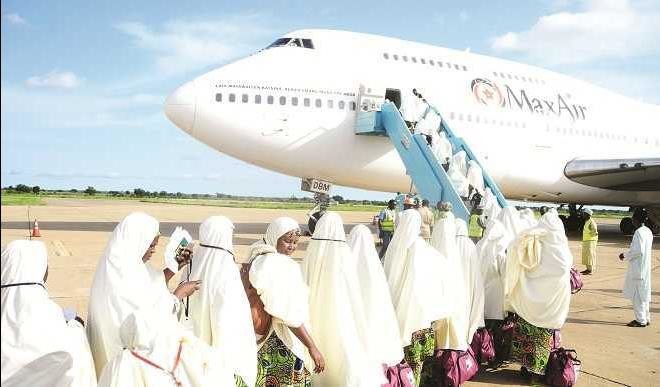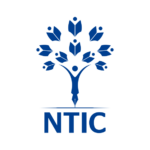Why do we have fewer numbers of Nigerians going to Hajj in 2018 than in previous years? What are the causative factors? This year, Hajj fare hovered around N1.4 million while that of 2017 was above N1.5 million; then why do we still have a fewer number of pilgrims despite the above positive differences in the monetary aspect?




